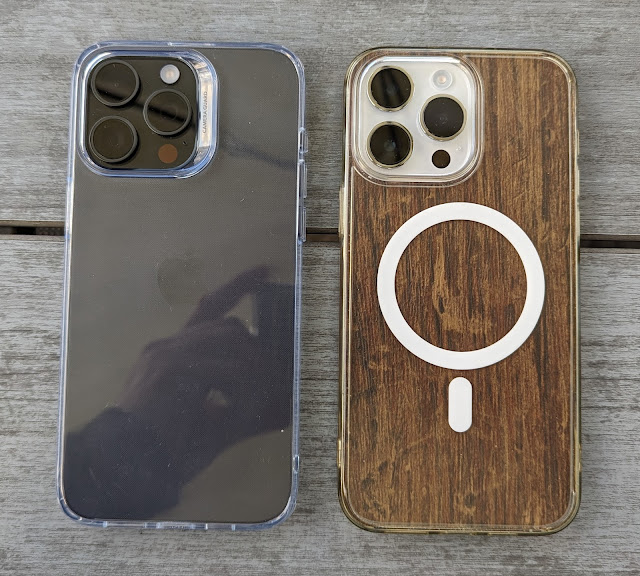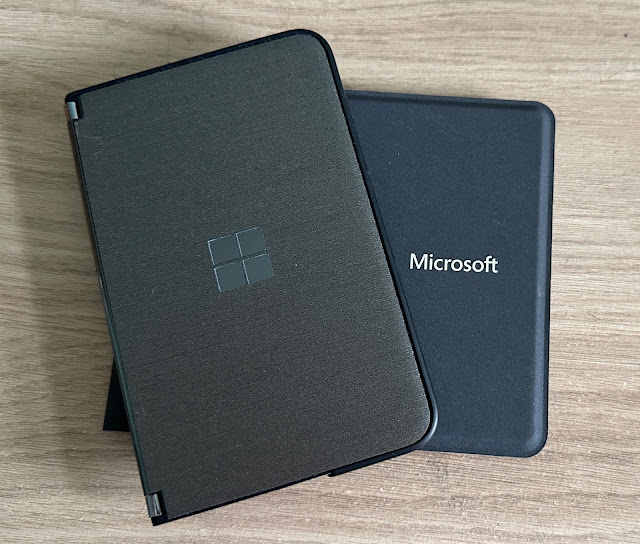Google's Chromecast - a super idea but which was both misunderstood and fundamentally flawed
From 2013 until, arguably, today (2025), Google had a solution for every home without a fancy Internet-connected TV. So that's most people.
The idea was that you could 'cast' a video streaming app from your smartphone - Netflix, YouTube, BBC iPlayer, Prime Video, and so on, and Google's Chromecast gadget, plugged into an HDMI port on your otherwise 'dumb' TV, would handle the content and let you watch things on your much larger screen.
On the face of it, users would think that it was their phone's app directly streaming the video content to the TV, and it's here that the misunderstanding occurred.
You see, Chromecast was in fact a tiny Internet-connected and media-savvy computer in its own right and all the user phone/app was doing was passing a specific playback/streaming URL to the Chromecast, for it to handle playback from then on. So the user could then do other things on the phone, or even wander off for a walk and leave someone else watching, even though the stream was started on their phone.
Most of which most people didn't appreciate.
And then a second, technical factor kicked in that was nothing to do with Chromecast per se. iOS and Android smartphones do have a habit of stopping or at least reducing the ability of background tasks. So what tended to happen was that, even though the Chromecast was able to carry on streaming happily on its own, when someone in the house wanted to change the programme/stream, the original app had been suspended or closed and they then had to fight to regain control over the Chromecast.
By way of illustration, a typical home scenario went along these lines (from personal experience):
Mum: Can I switch over to BBC iPlayer now, please?Child: Sure, I've had enough of this Netflix comedy anyway (wanders off).Mum: It's not letting me connect. The Chromecast is not showing up.Dad (me): Try restarting the app.Mum: No, it's still not showing (meanwhile Netflix is continuing to play).Dad: Try turning the TV (and Chromecast) off and on again.Mum: (5 minutes later) No, the Chromecast is still not showing up.Dad: I'll go into the Google Home app and try resetting things there.(10 minutes later) Hmm... it's still not working.Dad: I'll try factory resetting the Chromecast.(20 minutes later) There, that's done it, all set up again and now it's working!!(Looks around and realises that everyone else long since got bored and has gone out for a walk)
You get the idea. Chromecast was a special and clever idea, turning dumb TVs into smart TVs with user smartphones as the 'remotes'. But in real life, the experience in a multi-TV, multi-person, multi-phone household was dramatically poor.
We still own a couple of Chromecasts and they still work well when they actually... work. Thankfully, in 2025, more and more TVs have all the usual streaming services baked in and each just needs setting up once (i.e. authenticating) - and thereafter that service 'just works' on that TV.
PS. Another factor was the rise in phone screen sizes and the ubiquity of tablets (e.g. iPads), meaning that, if my own family is typical, a lot of media content is just watched on the smartphone or tablet directly, like an individual TV. So our actual TV doesn't get switched on that much anymore!
PPS. If you like my work then think about buying me a beer at paypal.me/stevelitchfield - thanks!



Comments